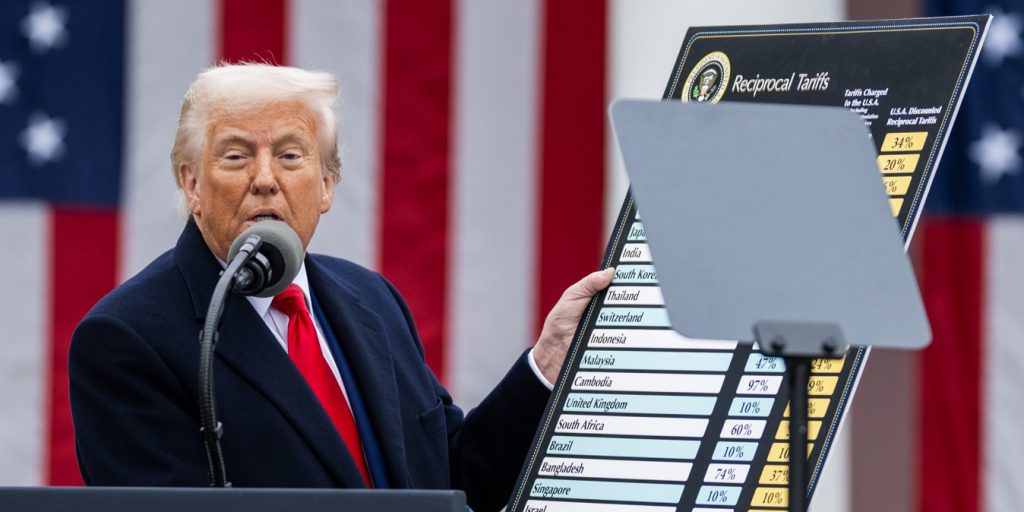Early data from the latest U.S.-China trade standoff shows China taking the lead.
Others are reading now
Early data from the latest U.S.-China trade standoff shows China taking the lead.
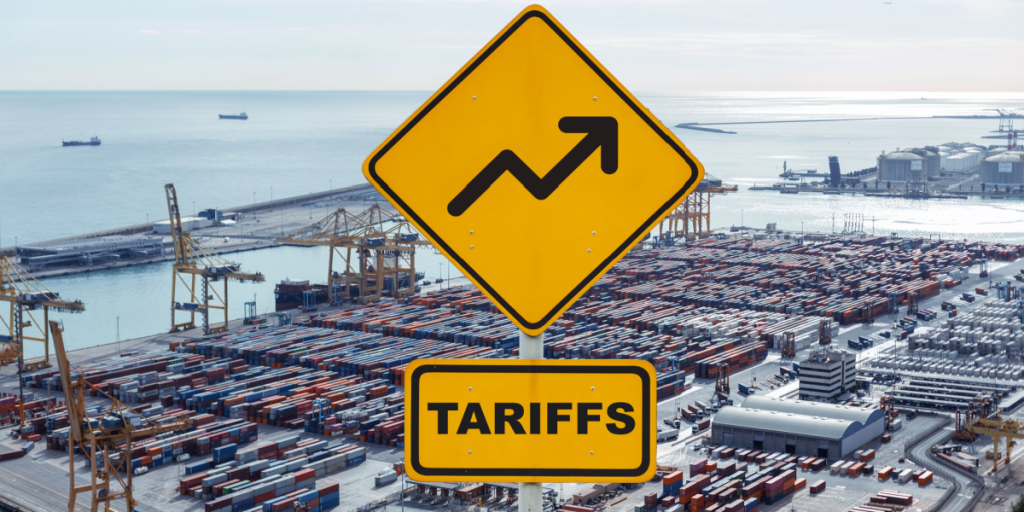
Despite historic tariffs and aggressive rhetoric from the Trump administration, early data from the latest U.S.-China trade standoff shows China taking the lead.
While American importers scramble and the U.S. trade deficit hits new records, China has skillfully pivoted, diversified, and outmaneuvered Washington on the global economic stage.
As both sides prepare to meet in Switzerland, here’s a look at 10 key ways China has seized the upper hand in this latest trade war showdown.
Also read
China’s Exports Stay Strong
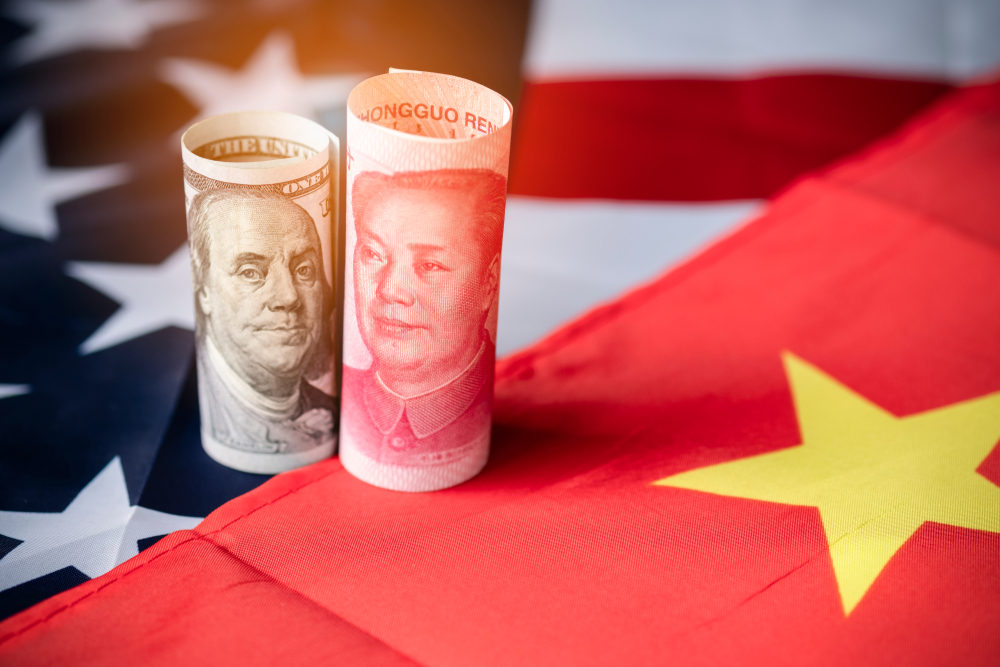
Despite a 21% year-over-year drop in exports to the U.S. in April, China’s overall export volume hit a record high. Sales to the ASEAN region,
Latin America, and India surged, cushioning the impact of the U.S. tariffs.
America’s Trade Deficit Soars to Record High
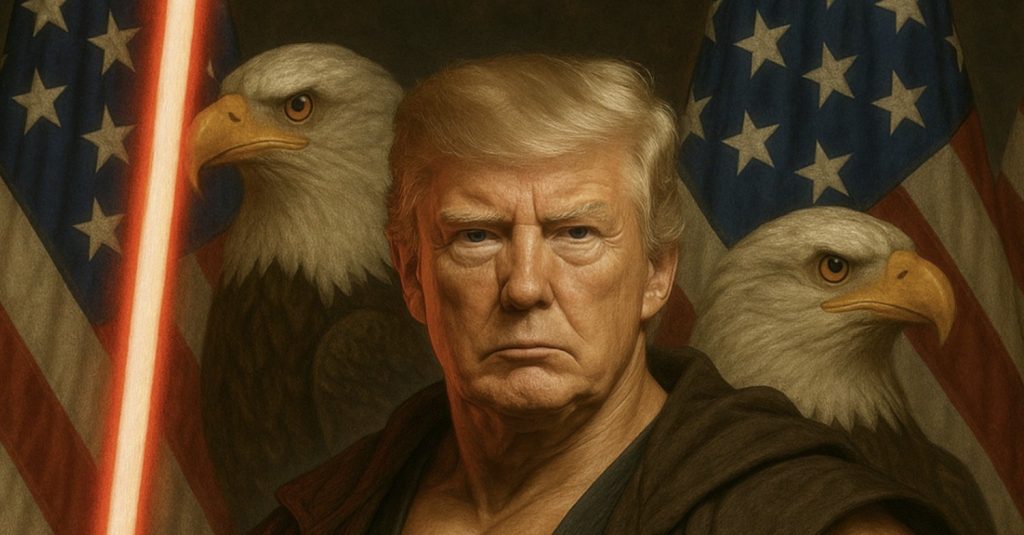
While Trump aimed to shrink the trade deficit, the opposite has happened.
In March alone, the U.S. goods deficit surged 11.2% to $163.5 billion, setting a new all-time record.
China, meanwhile, maintained its trade surplus thanks to redirected flows.
ASEAN and Latin America Fill the U.S. Gap

China has cultivated stronger trade ties with Southeast Asian nations like Vietnam and Malaysia, as well as with Latin America.
These markets have picked up the slack as exports to the U.S. fell, proving China’s successful diversification strategy.
‘Origin Washing’ Blurs Supply Chains

Chinese exporters have turned to “origin washing”, routing goods through third countries like Vietnam and South Korea to sidestep tariffs.
This tactic is making U.S. customs enforcement increasingly difficult and trade data less reliable.
Exporters Understate Product Values

To reduce tariff liabilities, some Chinese firms are underreporting the true value of shipments.
Oxford Economics estimates this tactic may account for up to $90 billion in trade discrepancy annually, skewing official numbers.
China Builds Overseas Factories to Mask Origins
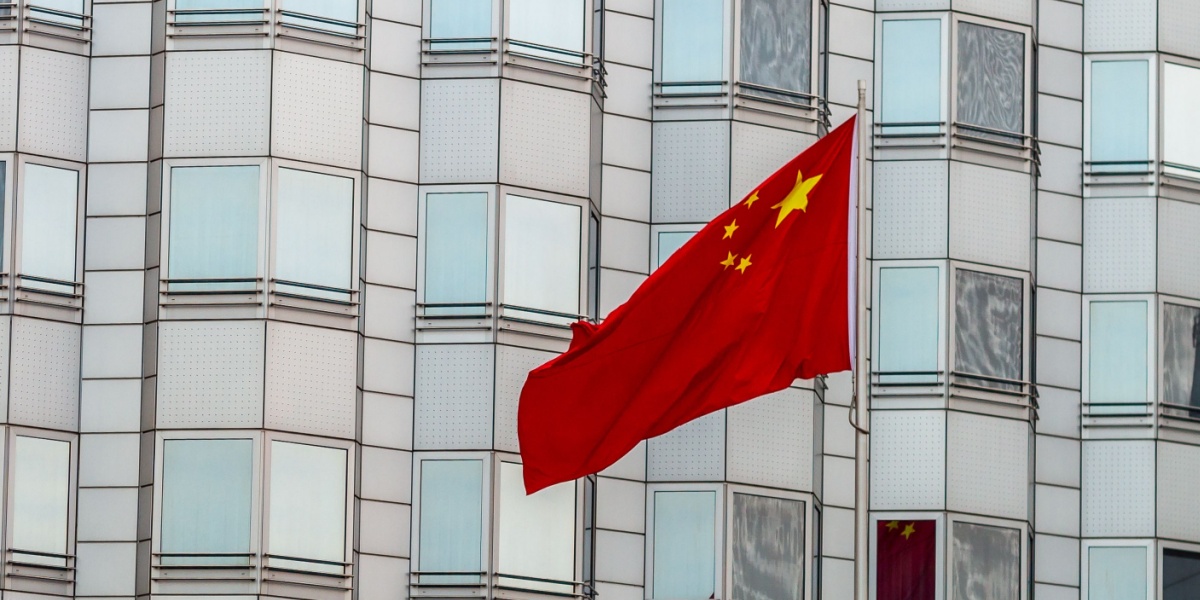
Chinese companies are investing in foreign production hubs, particularly in Southeast Asia, allowing them to export goods under non-Chinese labels.
This “triangular trade” model shields products from U.S. tariffs and reduces geopolitical visibility.
The Yuan’s Devaluation Helps Absorb Tariff Shocks
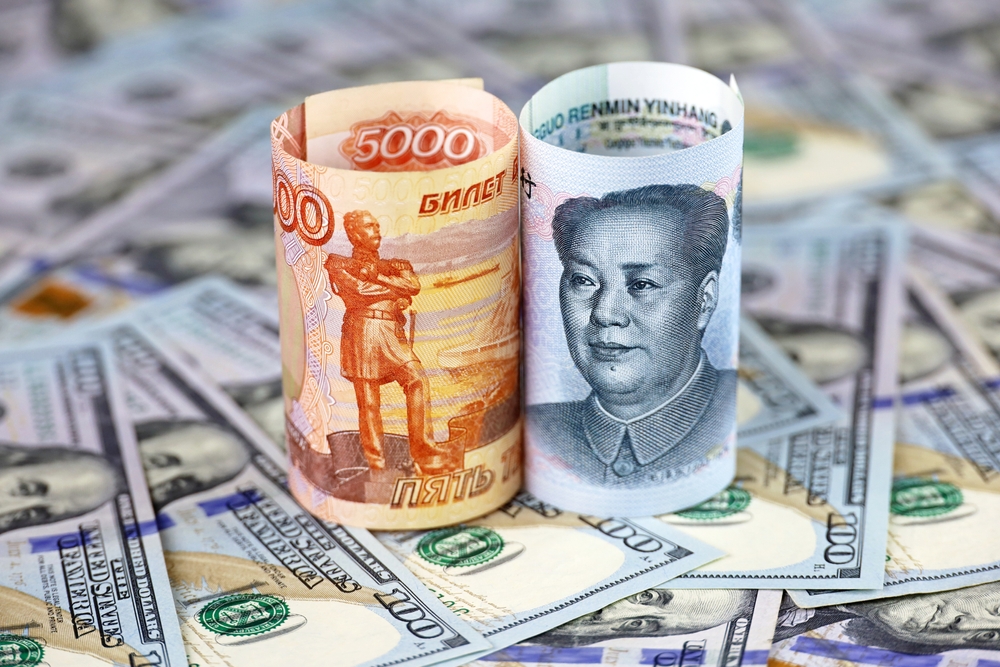
China’s controlled depreciation of the yuan has helped offset tariff costs, making Chinese goods more competitive globally despite new levies.
It’s a quiet but powerful currency move that gives Beijing an edge.
U.S. Panic-Buying Fuels the Deficit

Fear of future tariff hikes has led American companies to front-load imports, especially in pharmaceuticals and tech.
This panic-buying has inflated the trade deficit and left U.S. firms overstocked and vulnerable to supply chain disruptions.
China’s Export Tech Is Hard to Replace
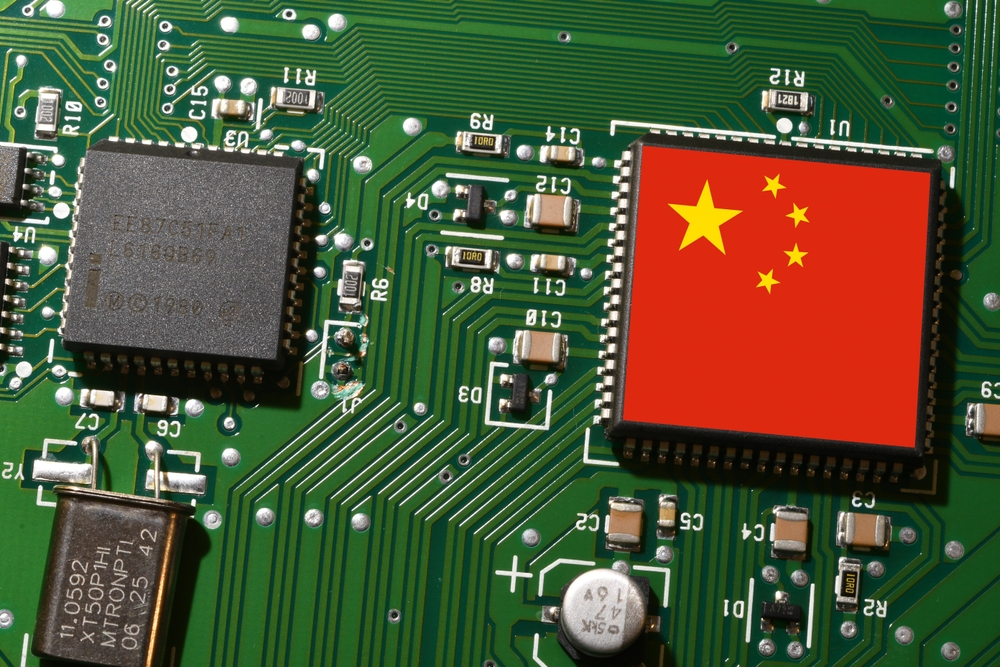
While some Chinese goods can be substituted, many, especially in electronics and critical materials, have no real alternatives.
Importers often have no choice but to pay the tariffs, giving China continued leverage despite sanctions.
China Enters Talks From a Position of Strength

As U.S. and Chinese officials prepare to meet in Switzerland, Beijing has momentum.
The data shows resilience, and American pressure appears to be hurting domestic buyers more than Chinese exporters. Beijing is unlikely to back down easily.

